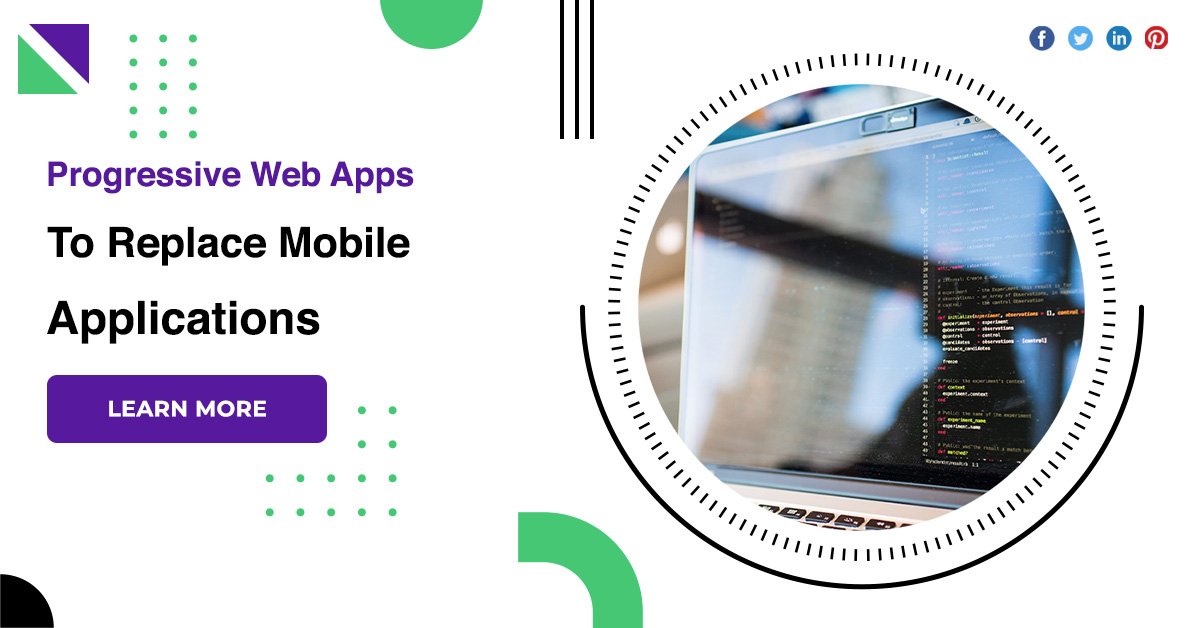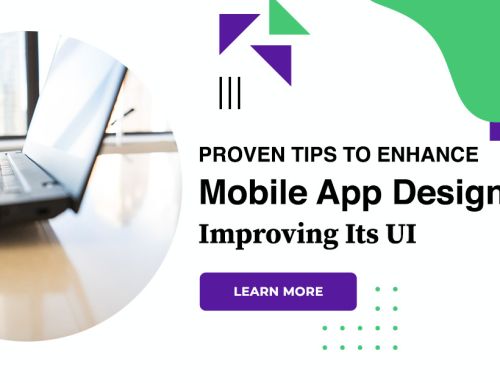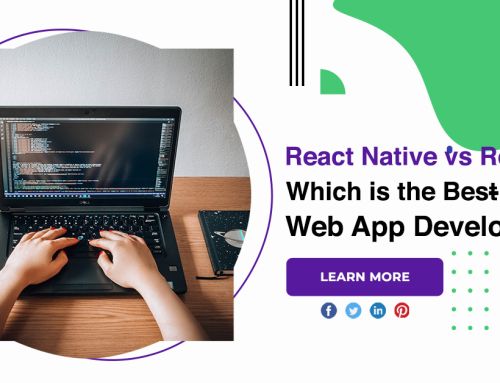Progressive Web Apps To Replace Mobile Applications
Progressive web app will replace native mobile app for many people around the world, which means that the need to create a dynamic mobile experience for users can now be managed using web technologies. A process was time consuming, expensive, and the total cost of an ownership for the platform could be debilitating depending on the complexity of the mobile app. The progressive web app has been created from the fires of success from both web and mobile approaches and combined them together.
Progressive web apps types
Static web application
- The very first type of web application available on the internet is a static web application that is created using HTML and CSS to facilitate the display of significant content and information. This is usually the simplest web application because it has only limited a content and is not flexible.
- The app usually has no customization and will make a change the after page is fully loaded. Animated objects such as gifs, videos. The content of a static web application is not simple because it requires downloading, editing and returning html code.
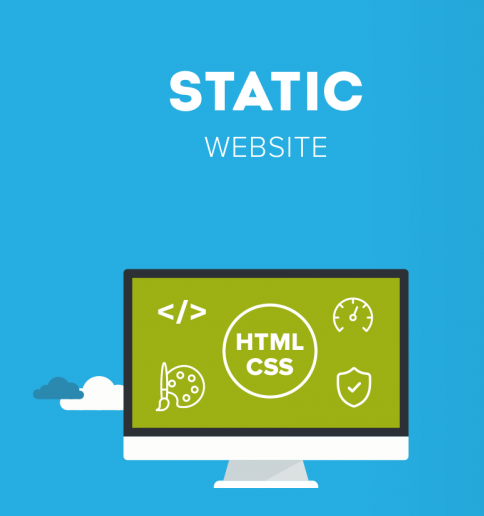
Dynamic web application
- A dynamic web application provides live data based on user requests and is therefore considered one of the best types of web applications. Compared to static web applications, they have improved technical maturity.
- The web applications use databases to store all private and public data displayed on the website. They usually have an admin panel to control the backend and frontend parts and allow the administrator to edit the content and include various interactive components in the web application.
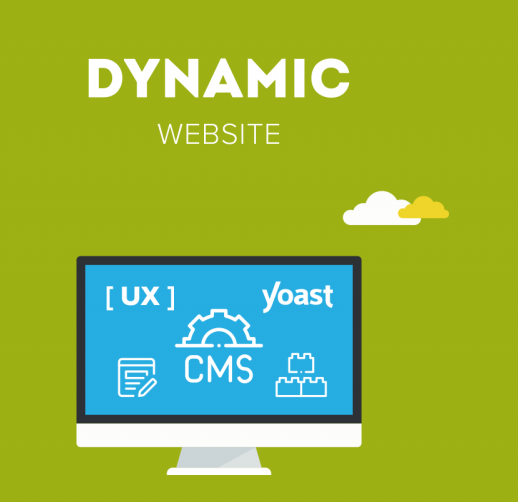
e-Commerce web application
The web application promotes products a service directly to your potential customers, the e commerce web application, which is no different from an online store. The basic features of an e commerce web application include adding a new product, removing obsolete and old products, managing payments, a facilitating electronic payment and a user-friendly interface.

Single page web application
- Single page web applications, the spas, are a type of dynamic web application that do not require browser reloads and function as a single unit of web application. Web applications are fast and dynamic because they implement all business and technology a strategy in the client side browser.
- The spa development and implementation process are simple and faster. Since a communication takes place in asynchronous navigation, a process of processing the request and the response is faster. A spa web application of any type can be reconfigured to achieve desired results.
Portal web application
- The portal web application offers a single access point to important data for a specific type of user. A web application that is able to access different sections on the home page.
- Portals are the best choice of a businesses that prefer to create a customized interfaces to meet the needs of their target audience. A registered users have access and the service provider a track the activities once the user has logged in.
Rich internet web application
- Rich Internet web applications are primarily applications that have the functionality of a desktop applications. Design to fix browser limitations and rely a customer side plugin. The web application was built using efficient and visually app resources with an interactive user interface and better understanding than legacy a desktop application.
- Web applications can also work offline. The plugin is outdated, many parts of the application or the web application may not work properly.
Conclusion
Progressive web apps are a major step forward in the application development segment. Mobile app and website make a significant contribution to improving the customer experience. Progressive web applications are a step ahead in this approach. The combine the best of mobile app and website features.
